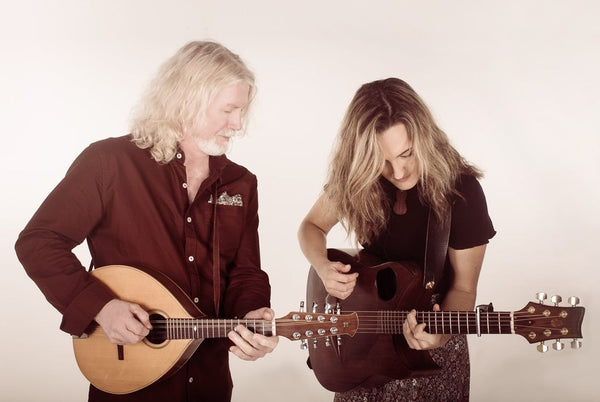Stylin' Brews: Dunkelweizen

The Profile
“Weizen = Wheat” “Dunkel= Dark” “Dunkelweizen=Dark Wheat”. They say you learn something new every day. Hopefully we just taught you a little something there :D Dunkelweizen hails from the south of Germany. Think of it as if a hefeweizen and a German-style dunkel had a litter of beers and you’re pretty much spot on. The longer roasted wheat produces delicious, deep malty flavours which work in tandem with fruity aromas and flavours that come from the weizen ale yeast. The wheat, as it does in a hefeweizen, creates and retains a beautifully fluffy head.
The History
Wheat beers have the oldest history in the books, tied alongside the other all-time oldest brewing grain, barley. It would have been from either of these two grains that the first soupy beers were produced. Once we found beer our species set itself on a mission to perfect this pleasurable beverage.
Wheat beers history really begins to get interesting in Germany after the Reinheitsgebot act had been issued as law. The Reinheitsgebot act permitted only water, barley and hops to be used to brew beer (yeasts purpose in the process was still natures secret). This was troubling for weissbier (wheat beer) because it excluded wheat. Luckily, when adopting this law, the rulers of Bavaria at the time had quite an affinity for weissbier and introduced a loophole allowing a single brewery to brew beer with wheat in it. This was the other side of the Reinheitdgebot that we don’t hear about. It really killed off a lot of creativity where people were using a variety of spices, fruits and varying ratios of different grains in their beer.
When the owner of this special brewery died without an heir the brewery fell into the hands of the ruling family, the Wittelsbachs. The man in charge decided that one weissbier brewery wasn’t enough and soon weissbier was being brewed all over Bavaria. All breweries were owned by the Wittelsbachs; of course….
Weissbier fell out of fashion over the years and in 1798 the Wittelsbachs chose to amend the law to allow monasteries or burghers (wealthy members of the bourgeoisie) to brew weissbier. This didn’t change weissbier’s fate and it remained on the fringes of society until the mid-1900s. Out of this time hefeweizen emerged as the leading wheat beer and variations and offshoots, like the dunkelweizen, were less widely enjoyed.
 With the rise of craft beer around the world and worldwide interest in the German Oktoberfest, these fringe brews are starting to be more widely available. We have our own! It’s called Harald’s Helper, and yes we did develop it for Oktoberfest, and it was so good we put it on our permanent lineup. It was also so good that it won a bronze at the Royal Beer and Cider Show! So come down and try it, trust us you won’t be disappointed!
With the rise of craft beer around the world and worldwide interest in the German Oktoberfest, these fringe brews are starting to be more widely available. We have our own! It’s called Harald’s Helper, and yes we did develop it for Oktoberfest, and it was so good we put it on our permanent lineup. It was also so good that it won a bronze at the Royal Beer and Cider Show! So come down and try it, trust us you won’t be disappointed!



